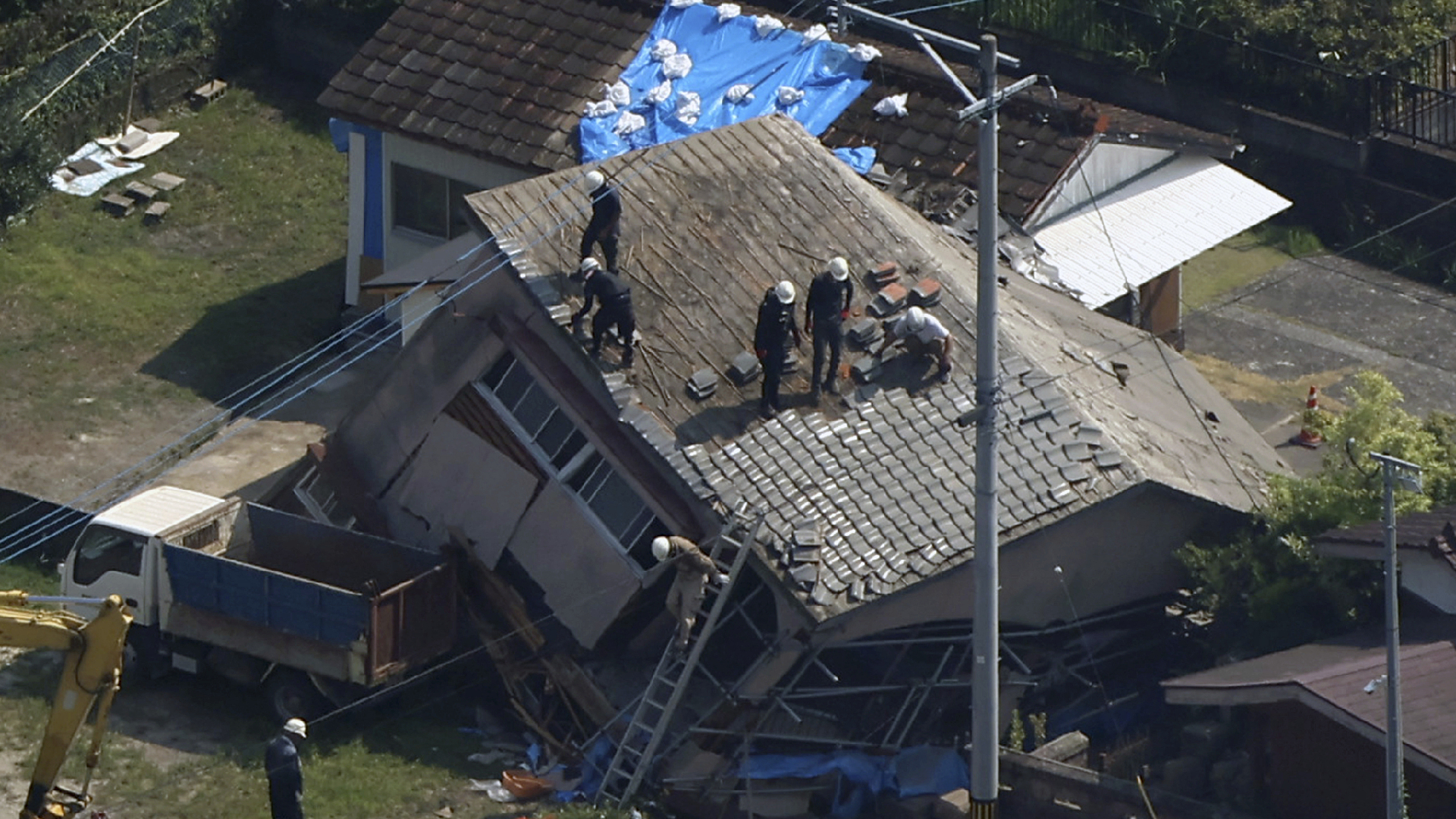Japan Maintains High Alert Status in Anticipation of Potential Mega Earthquake
Japan remains vigilant for a significant earthquake following a powerful 7.1-magnitude quake that hit Miyazaki Prefecture in southwestern Japan last Thursday. This event occurred at the boundary of a volatile seabed area along the Pacific coast referred to as the Nankai Trough, as indicated by the country's meteorological agency.

After the event in Miyazaki, the Japan Meteorological Agency (JMA) issued an unprecedented advisory, highlighting the increased risk of a major seismic occurrence in the Nankai Trough area within the week.
As the advisory period nears its end with no significant seismic activities reported on Wednesday, the JMA continues to monitor the situation closely.
The advisory panel focused on evaluating the risks associated with the Nankai Trough specified that the likelihood of a subsequent significant quake following a magnitude 7 event is unusually high.
Japan prepares for possible earthquakes exceeding magnitude 8, termed megaquakes, with projections suggesting a potential magnitude of 9.1 for a future Nankai Trough event.
"People in areas that would be affected by such a disaster should review evacuation procedures and stay vigilant for a week," advised Naoshi Hirata, a professor at the University of Tokyo and chairman of the advisory panel, during a JMA press conference.
In anticipation of a quake, high-speed trains have been operating at reduced speeds, causing travel delays during the peak summer holiday season; concurrently, a surge in emergency supply purchases has resulted in shortages.
The Nankai Trough, a 700-kilometer subduction zone, is known for its potential to generate significant seismic activity, as tectonic plates slip beneath each other. Such zones are responsible for most global earthquakes and tsunamis.
With a history of severe quakes approximately every 100 to 200 years, the area last experienced significant seismic events in 1944 and 1946, with both quakes reaching a magnitude of 8.1 and collectively causing extensive casualties and destruction.
According to government estimates, a megaquake at the Nankai Trough could lead to around 323,000 fatalities and economic losses exceeding $1 trillion.
Alejandro Jose Martinez for TROIB News
Find more stories on the environment and climate change on TROIB/Planet Health












